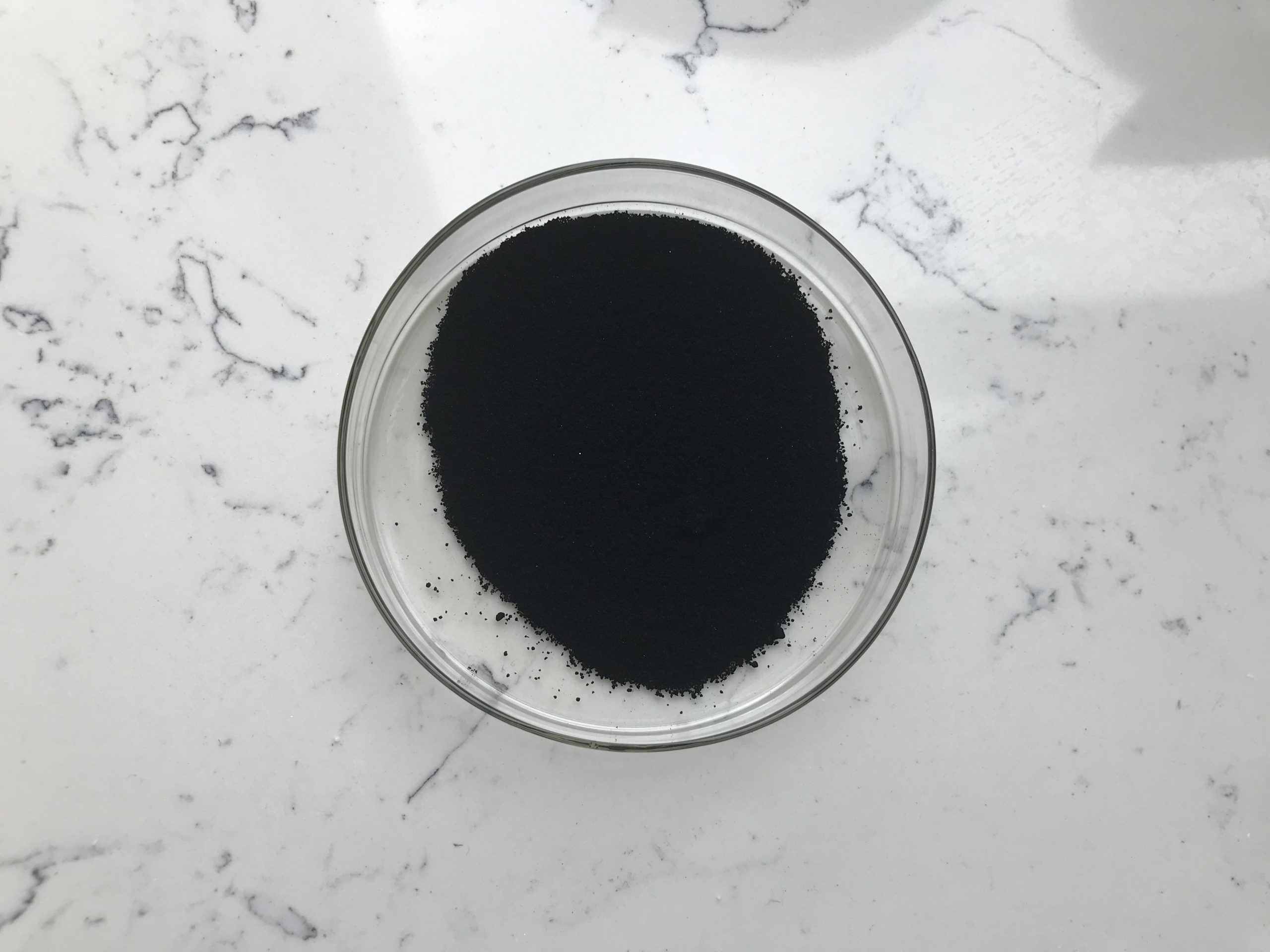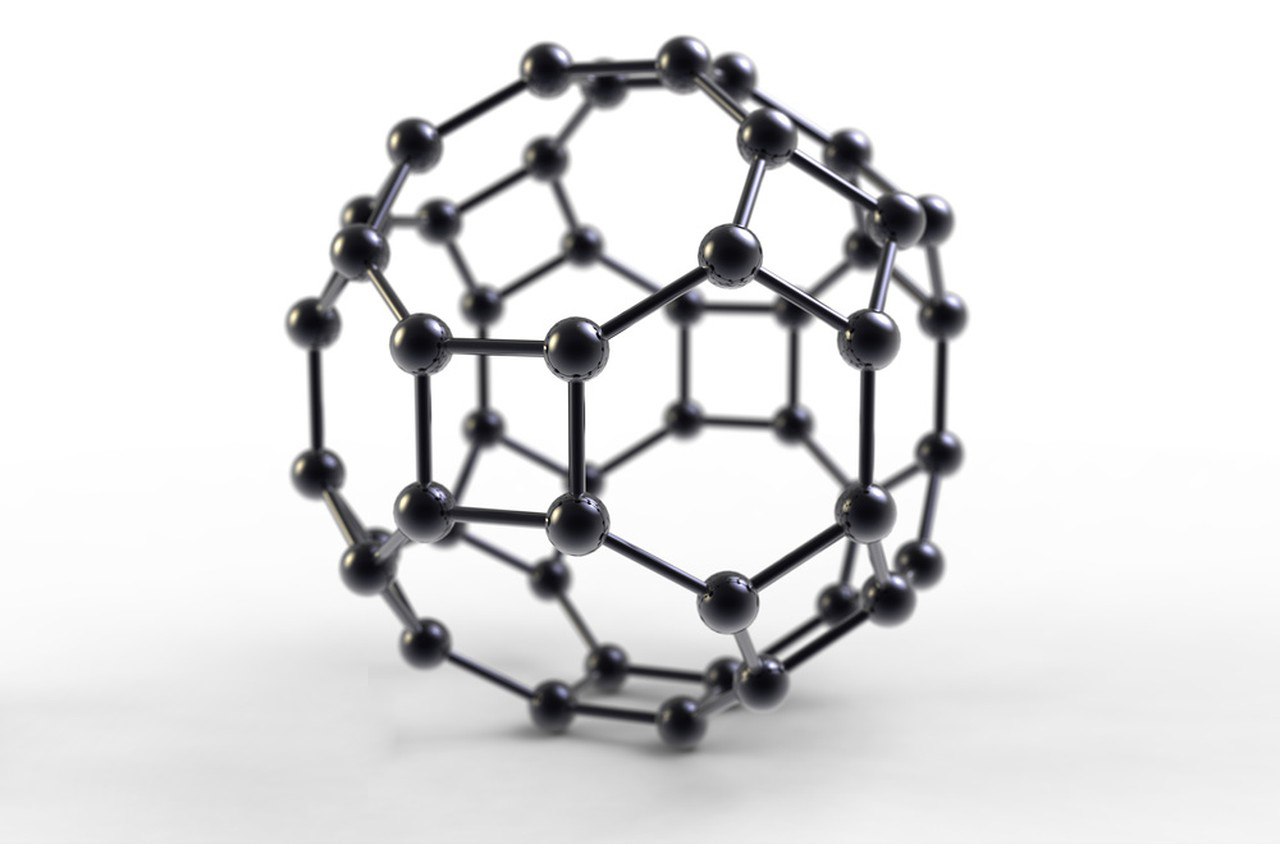The preparation and purification of fullerene C60 involves a series of steps to synthesize, isolate, and refine the compound. Here’s an outline of the process:
Preparation of Fullerene C60
The most common method to prepare fullerene C60 is through the arc-discharge method:
Arc-Discharge Method
A.Materials:
- Graphite rods (high-purity)
- Helium or argon gas (inert atmosphere)
B.Process:
1.Generation of Carbon Plasma:
- A direct current arc is struck between two graphite electrodes in an inert gas atmosphere.
- The high temperature (around 3000–4000 K) vaporizes the graphite, producing a carbon plasma.
2.Formation of Fullerenes:
- As the carbon vapor cools rapidly, fullerene molecules such as fullerene C60 and C70 form in the soot.

Alternative Synthesis Methods
A.Laser Ablation:
- A high-power laser is used to vaporize graphite in an inert gas atmosphere.
B.Combustion Method:
- Hydrocarbon fuels (e.g., benzene) are burned under oxygen-deficient conditions, producing fullerene-rich soot.
Extraction and Purification
Once the soot containing fullerene C60 is produced, the next steps are to extract and purify the fullerene.
A.Extraction
Solvent Extraction:
- The soot is treated with an organic solvent, such as toluene, benzene, or carbon disulfide (CS2).
- Fullerenes dissolve, leaving behind insoluble impurities like amorphous carbon.
B.Purification
Chromatographic Techniques:
1.Column Chromatography:
- The fullerene-containing solution is passed through a column filled with a stationary phase, such as silica gel or alumina.
- fullerene C60 and fullerene C70 are separated based on their polarity and molecular weight.
- Typically, fullerene C60 elutes faster than fullerene C70 .

2.High-Performance Liquid Chromatography (HPLC):
- This method offers higher resolution and efficiency.
- It uses a nonpolar stationary phase and an organic solvent as the mobile phase to separate fullerene C60.
3.Recrystallization:
- Further purification can be achieved by recrystallizing fullerene C60 from solvents like toluene or benzene, yielding high-purity crystals.
Characterization of Purified Fullerene C60
To confirm the purity and structure of fullerene C60 , the following methods are used:
A.Spectroscopy:
- UV-Vis: Shows characteristic absorption peaks for fullerene C60 .
- Infrared (IR): Detects specific vibrations of the fullerene molecule.
- Nuclear Magnetic Resonance (NMR): Confirms the symmetry and structure.
B.Mass Spectrometry:
- Confirms the molecular weight of fullerene C60 (720 g/mol).
C.X-Ray Diffraction (XRD):
- Identifies crystalline structures of the purified fullerene.

End Product
After purification, fullerene C60 appears as a dark purple or black crystalline material with high purity, ready for applications in materials science, electronics, or medicinal research.
